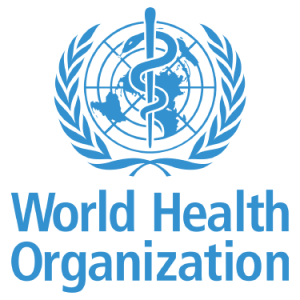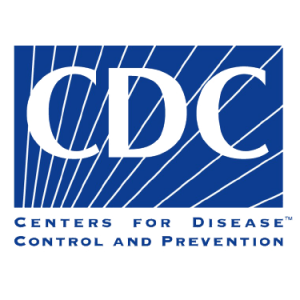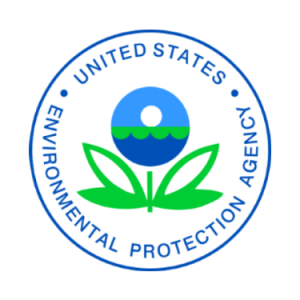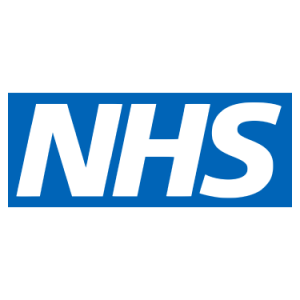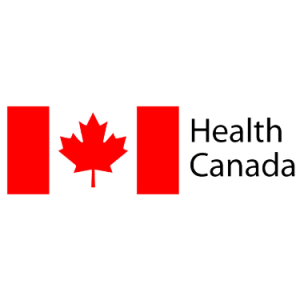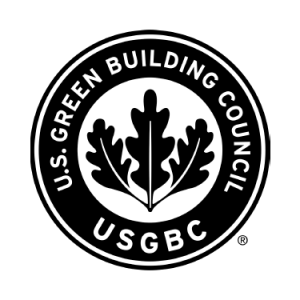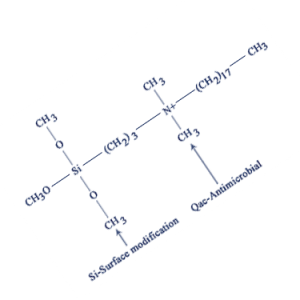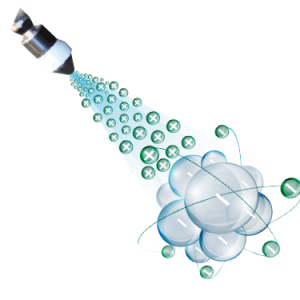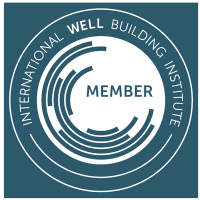Science-Proven Microbial Control® is founded on science and verified with data to help make the invisible visible in healthy cleaning.
MicrobX™ Case Studies
Telecommunications HQ Adds Durable Protection for Workplace Health

Fitness Center Depends on Touchpoint Program to Protect Young Athletes & Staff
MicrobX Frequently Asked Questions (FAQs)
Yes, our treatment combines hospital-grade, EPA-registered disinfectant with an antimicrobial surface protectant.
ATP stands for Adenosine Triphosphate, a molecule found only in and around living cells, and can therefore be used to measure the concentration of microorganisms and the level of contamination.
The scientific measurement of ATP testing are Relative Light Units (RLUs). The lower the RLU number, the more hygienic (less contaminated) the sample. Higher RLU levels indicates a surface may contain infectious disease-causing germs.
We use science-proven, data-verified testing of surfaces to track the ATP levels. Before the initial treatment, we test selected surfaces to create an ATP baseline for all subsequent tracking. Regularly scheduled ATP testing is performed at your desired frequency. Our recommended frequency is to test after the initial baseline measurement at regular frequencies thereafter.
No, it is not recommended. Although the treatment has minimal to no side effects, we recommend only our technicians are present when applying the treatment. In an abundance of caution and in accordance with CDC guidelines, our technicians wear PPE (Personal Protective Equipment) when applying treatments to surfaces.
Typically, a treated area is available for occupants return within 30 minutes following a treatment application with treated surfaces dry to the touch.
The difference is important as application techniques may or may not reach all sides of a surface.
Fogging and spraying only reach surfaces in the direction of the spray. They do not reach the back or undersides — such as the underside of handrails, or sides of door handles.
In contrast, electrostatic application creates a positive electrical charge of particles that aggressively cling to the front, back, and sides of surfaces. This fully wraps the treatment around surfaces ensuring full and complete coverage.
The CDC does NOT recommend relying on solely on fogging and spraying.
Disinfecting….. Kills close to 100% of germs on hard surfaces. Cleaning should precede all disinfecting, and all disinfectants must remain on the surface for the full recommended dwell time.
Sanitizing…….. Reduces (does not kill) microorganisms by 99.9 percent — the level deemed safe for humans by the EPA (Environmental Protection Agency). Sanitizing cannot kill viruses.
Cleaning……… Is the process of locating, identifying, containing, removing, and properly disposing of unwanted substances from a surface or area. Cleaning usually involves soap or a cleaning formula and requires some form of agitation, such as hand rubbing or a sponge. Cleaning removes — but does not kill — microorganisms.
Website Disclaimer:
Although the application of an EPA – registered (“List-N”) disinfectant to kill viruses (including COVID-19) is the first step of the MicrobX program, no antimicrobial surface protectant (including that used in the MicrobX program) has yet been registered by the EPA as effective in preventing the transmission of viruses, including Coronavirus (COVID-19), or the transmission of infections.
Informational & Science Links
Glossary
A substance able to kill or slow the growth of bacteria. Antibacterial formulas are not effective against viruses.
An antimicrobial is an agent that kills microorganisms or stops their growth.
ATP stands for Adenosine triphosphate, a molecule found only in and around living cells, and can therefore be used to measure the concentration of microorganisms and the level of hygiene.
A member of a large group of unicellular microorganisms which have cell walls but lack organelles and an organized nucleus, including some which can cause disease.
A substance which kills bacteria.
The number of microorganisms with which an object is contaminated is referred to as the bioburden.
Biofilms are a collective of one or more types of microorganisms that can grow on many different surfaces. Microorganisms that form biofilms include bacteria, fungi, and protists. One common example of a biofilm dental plaque, a slimy buildup of bacteria that forms on the surfaces of teeth. Typically, a biofilm will form a hard protein shell making it more difficult to remove from a surface.
Centers for Disease Control and Prevention – the United States’ health protection agency. — https://www.cdc.gov/
Common area touchpoints include frequent touch in common areas by employees and/or visitors such as lounges, breakrooms, elevator buttons, stairways, entryways cafeterias, conference rooms, or any location multiple employees gather that is not their designated workspace.
The reduction or removal of microorganisms or dangerous substances, including biohazardous material and infectious viruses, by physical means, such as cleaning and disinfecting and/or sterilization, or using chemical neutralization methods.
The term has no standard definition. However, cleaning companies often use the term to mean specific services or actions, such as disinfecting using an electrostatic sprayer or chemical; they may also use it to refer to more intense cleaning, such as “deep cleaning” a carpet.
Killing close to 100% of germs on hard surfaces. To kill 99.999 percent of the pathogens the disinfectant’s label says it is effective in killing. Disinfectants kill viruses, but only those listed on the label. Cleaning should proceed all disinfecting, and all disinfectants must remain on the surface for the full recommended dwell time.
Dwell time, or contact time, is the amount of time disinfectants need to remain wet on surfaces to properly disinfect based on product label. Some disinfectants have a dwell time of one minute or less; most have a dwell time of four to 10 minutes.
Electrostatic application for surface disinfection is a method of applying an EPA-registered disinfectant to a target surface area using electrostatic force of attraction allowing the disinfectant to cling to the front, back, and sides of surfaces. Using Coulomb’s law, these systems place a positive or negative charge on the chemical disinfectant as it leaves the spray which is what differentiates this type of application from fogging and traditional spraying. For this reason, electrostatic spray is an excellent solution for germ and contaminant ridden areas.
Environmental Protection Agency: It is an agency of the United States federal government whose mission is to protect human and environmental health. — https://www.epa.gov/
A germicide is an agent that can kill microorganisms, particularly pathogenic organisms (“germs”). The term germicide includes both antiseptics and disinfectants. Antiseptics are germicides applied to living tissue and skin; disinfectants are antimicrobials applied only to inanimate objects.
CDC defines high touch surfaces to include but are not limited to tables, doorknobs, light switches, countertops, handles, desks, phones, keyboards, toilets, faucets, sinks, printers, etc.
A microbe is a microorganism, especially a bacterium causing disease or fermentation.
A microbiostatic agent is an agent that inhibits the growth of odor causing bacteria and fungi (mold and mildew), bacteria and fungi (mold and mildew) which cause staining and discoloration, and algae.
A pathogen is a bacterium, virus, or other microorganism that can cause disease.
Personal Protective Equipment. This includes (but is not limited to) masks, gloves, goggles, face shields, etc. worn to minimize exposure to pathogens.
Relative Light Units (RLU) are the metric used in ATP testing. The lower the RLU number, the more hygienic the sample. High-touch surfaces are tested more frequently.
Ready to use, chemical that has already been diluted and is prepared for use without adding water.
To reduce (not kill) microorganisms by 99.9 percent — the level deemed safe for humans by the Environmental Protection Agency — in 30 seconds or less (99.999 percent in 30 seconds or less in food service settings). Sanitizers cannot kill viruses or fungi and should be used against the specific pathogen(s) stated on the label. Recently, many entities also refer to “sanitizing” as using a disinfectant but not allowing it the full dwell time needed to disinfect.
A sporicide is a disinfectant that is effective against spores. They can be so aggressive that they may also be harmful to health or equipment, and are therefore not most suitable for frequent use, so choosing the right product for your environment is essential.
An agent applied to a surface that provides defense against harmful influences.
A microorganism that is smaller than a bacterium that cannot grow or reproduce apart from a living cell. A virus invades living cells and uses their chemical machinery to keep itself alive and to replicate itself.
A virucide (pronounced /ˈvī-rə-ˌsīd/ and alternatively spelled viricide and viruscide) is any physical or chemical agent that deactivates or destroys viruses. This differs from an antiviral drug, which inhibits the proliferation of the virus.
World Health Organization – an agency of the United Nations responsible for leading international partners in global health responses. — https://www.who.int/


